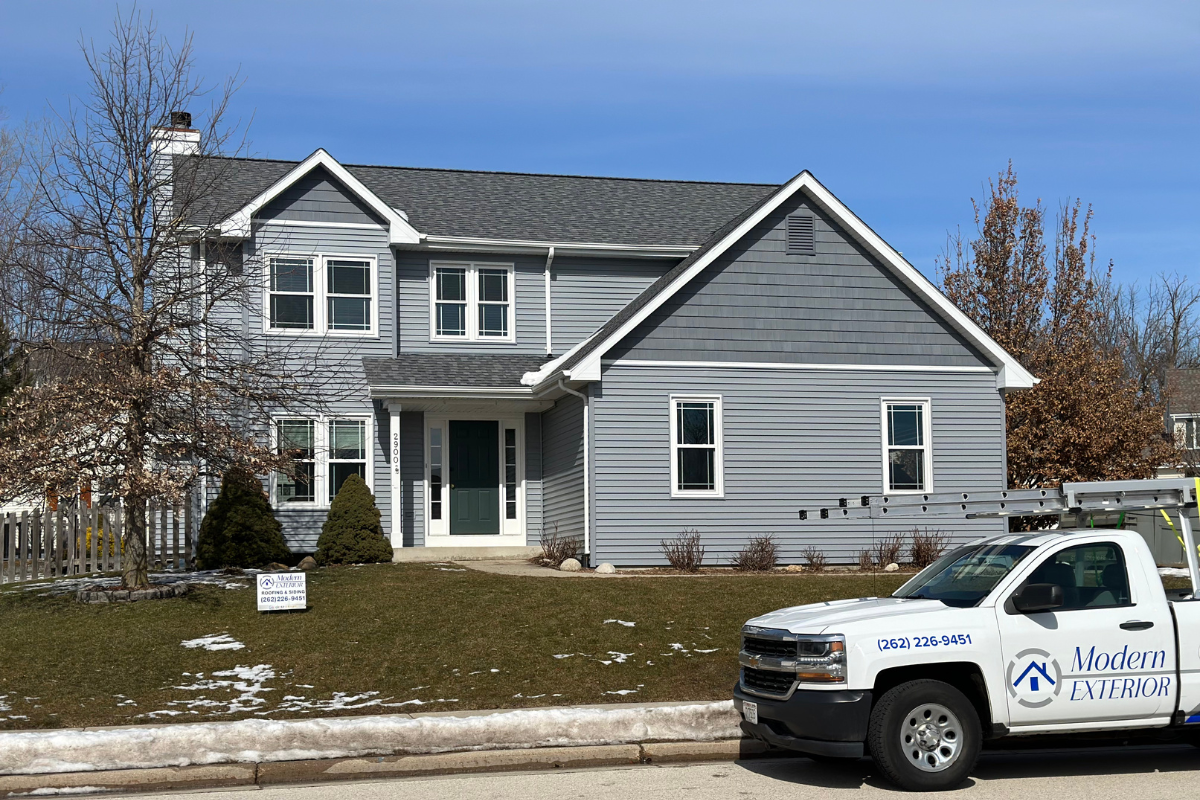
Vinyl siding has long been regarded as one of the top choices for home exteriors, offering a host of benefits that make it a compelling option for homeowners. If you're contemplating the idea of installing vinyl siding on your home but find yourself uncertain about the decision, it's essential to go into the fundamentals to make an informed choice.
In this discussion of vinyl siding basics, we'll equip you with the knowledge and insights you need to make an educated decision that aligns with your home improvement goals and preferences.

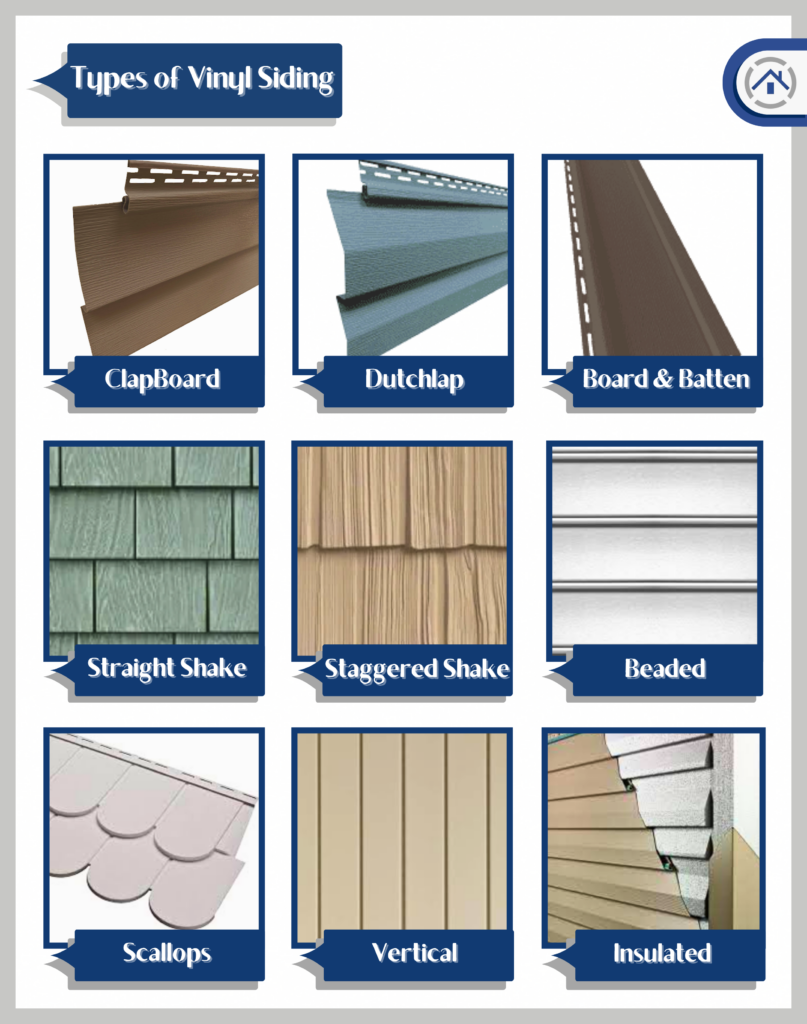
While numerous variations exist, they all have these fundamental components of Vinyl Siding and their modified versions.
- Conceals seams
- Establishes seamless connections
- Safeguards against water intrusion by redirecting it
- Ensures a secure and snug fit for cut siding
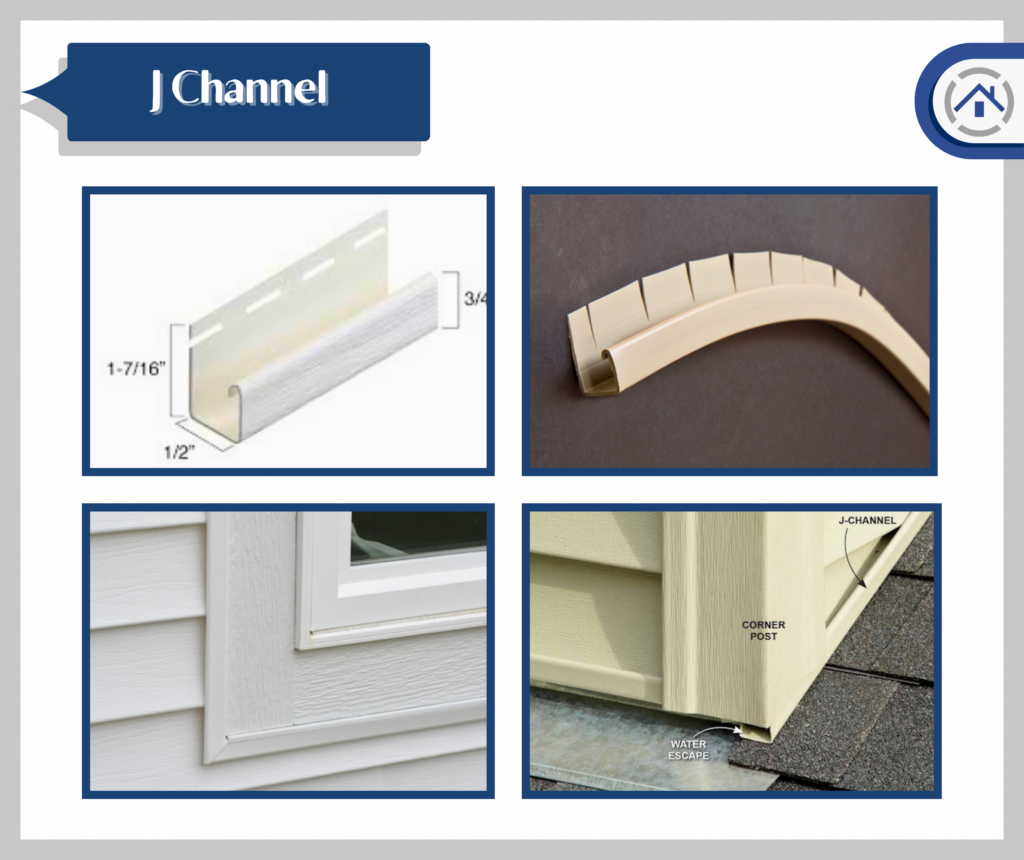
- Secures or holds the top row of siding in place
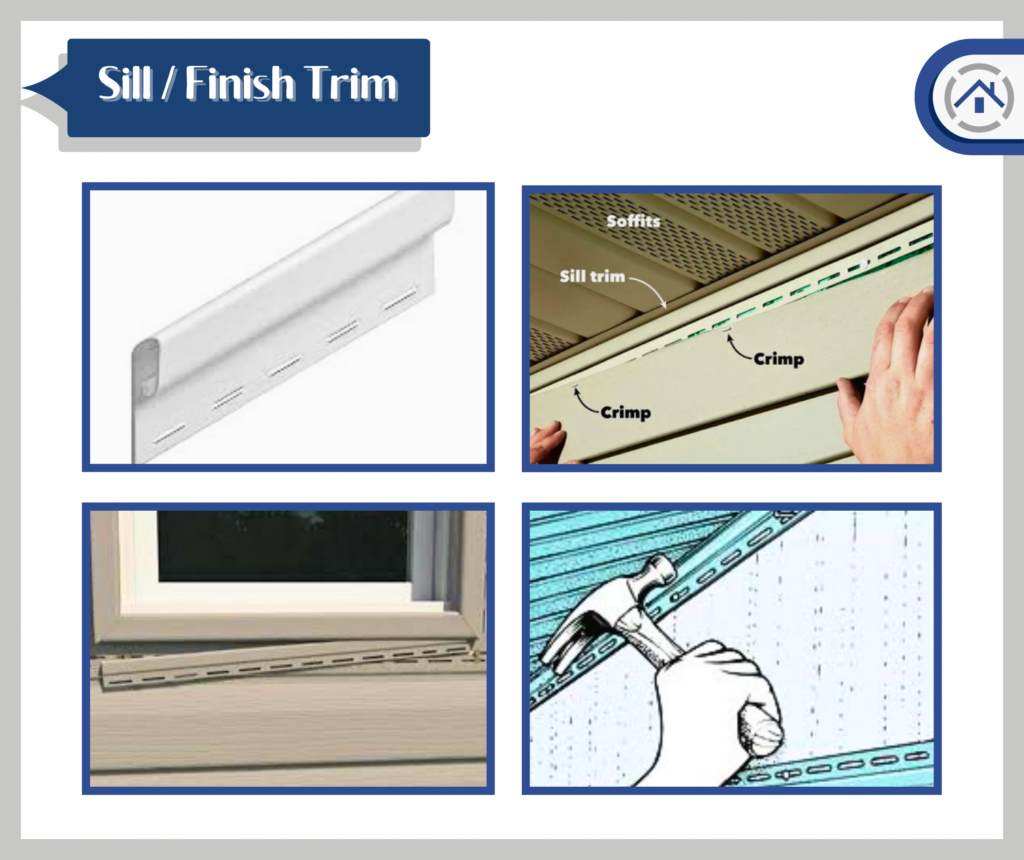
A. Split Block/S Block - used to fit around existing pipes and vents
B. J Block - used to install exterior electrical outlets, water faucets, light fixtures, mailboxes, house numbers, and doorbells
C. Outside and Inside Corners - Outside Corner trim establishes a solid and neat corner for the siding system, eliminating the need for mitering and aligning the siding at the edge. On the other hand, inside corner siding pieces are utilized at the inner corners of a wall, where the siding connects from two adjacent walls.
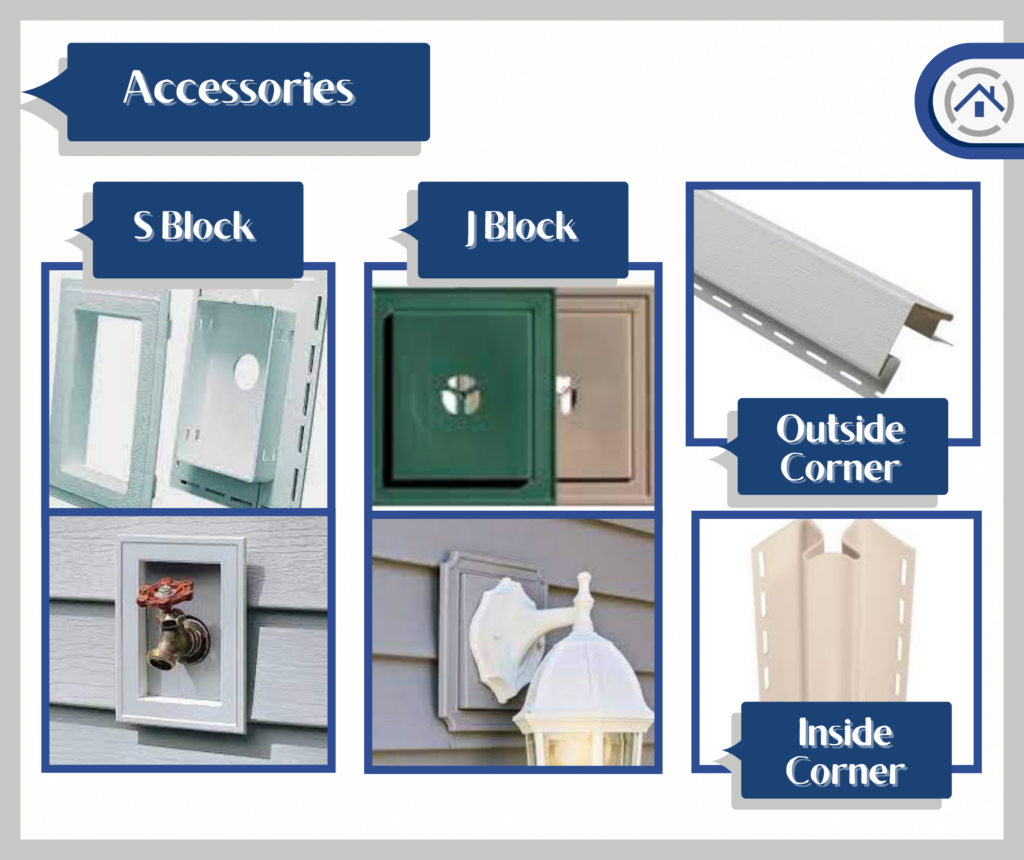
- This secures the bottom of the first siding run
- Additionally, it sets the level foundation for siding runs
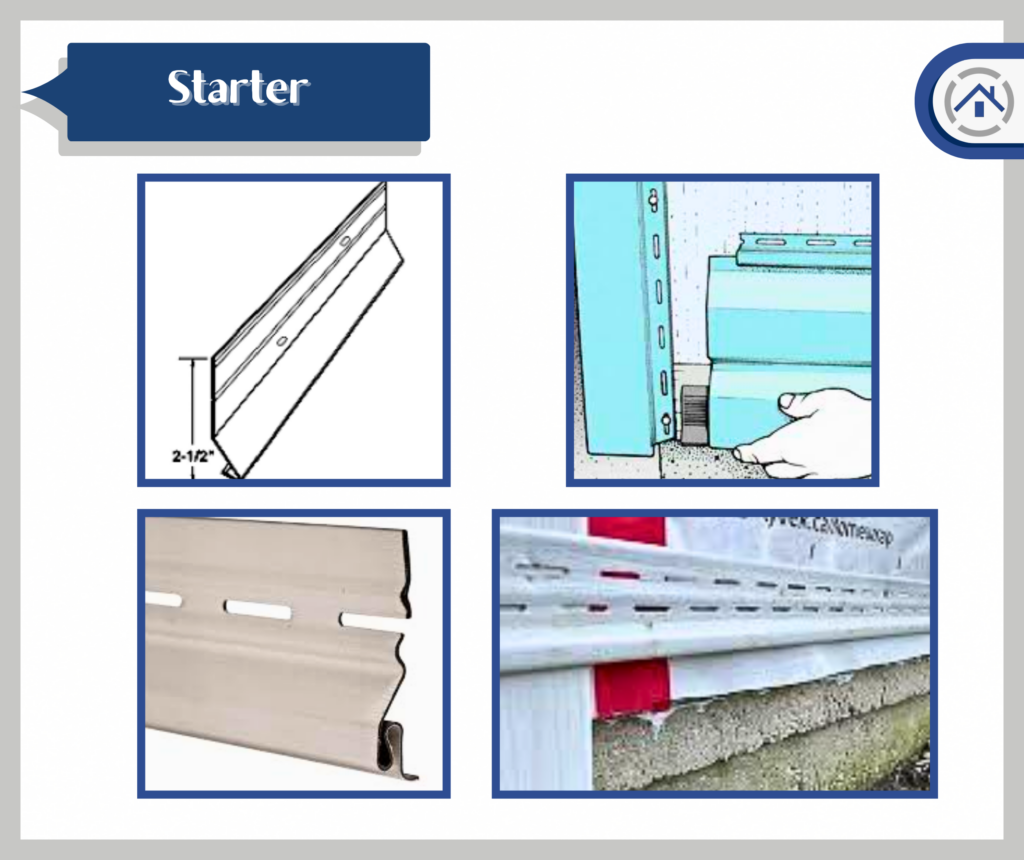
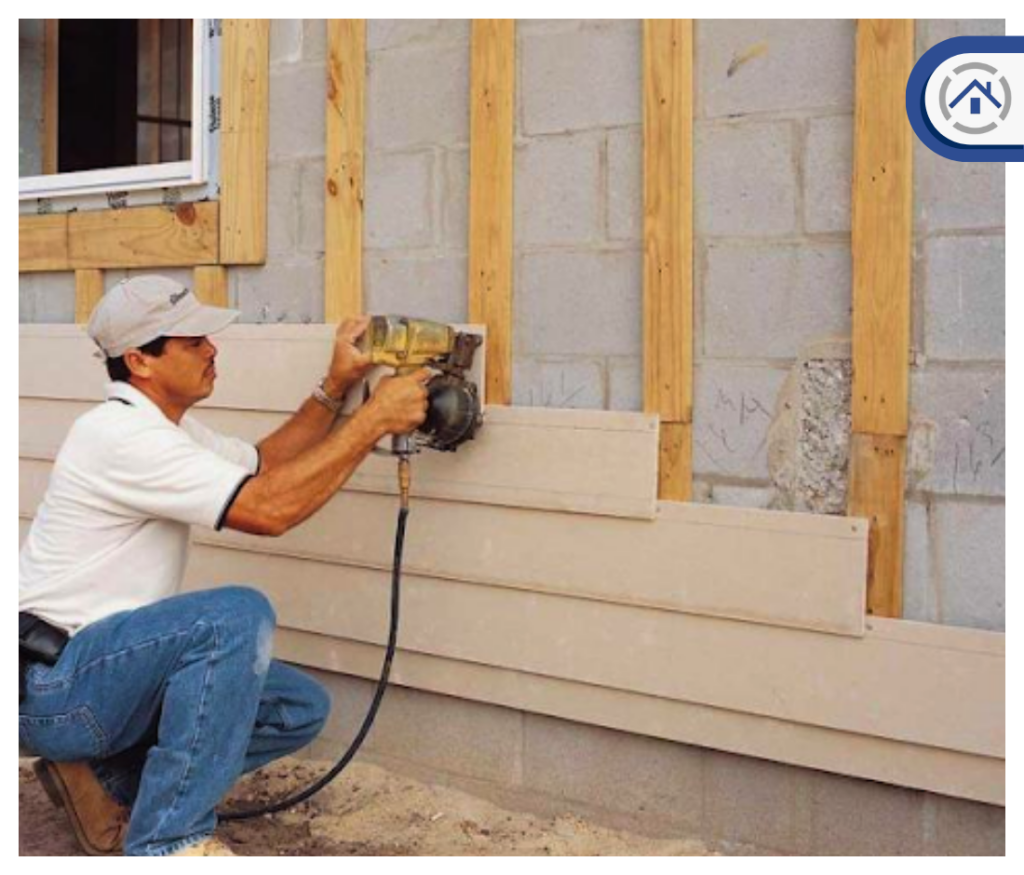
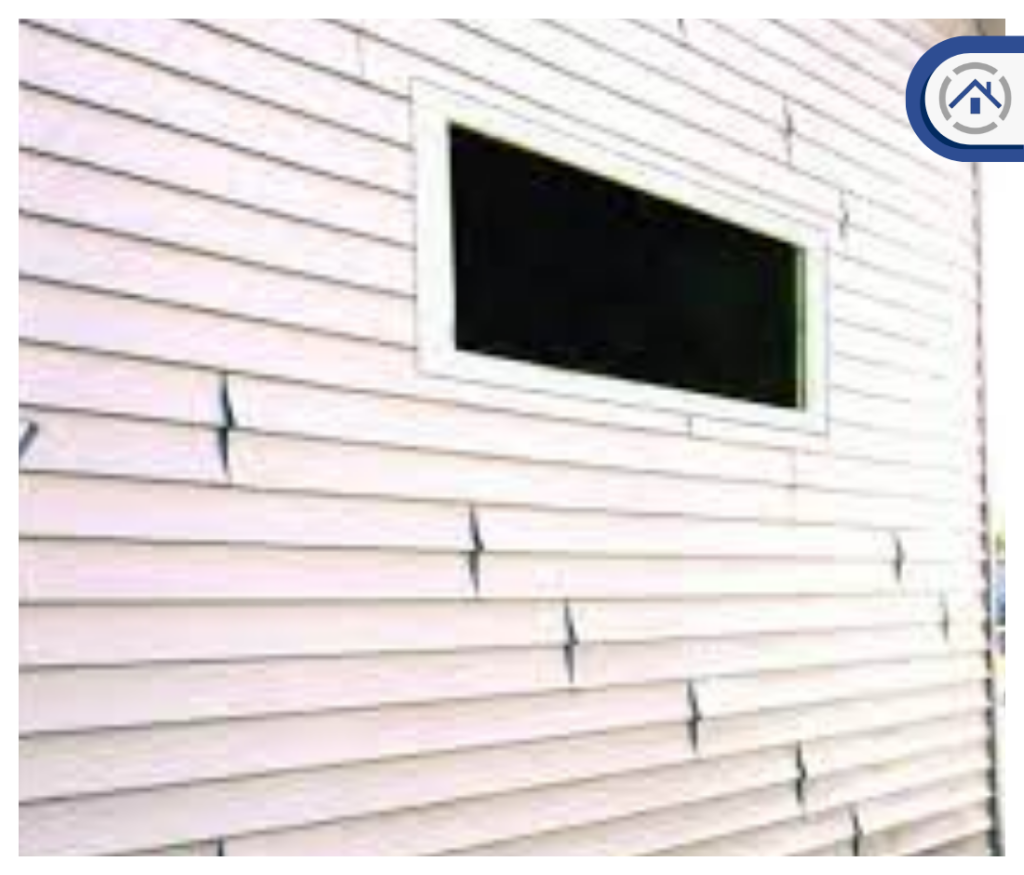
Vinyl siding is a popular choice for exterior cladding on residential buildings due to its many advantages, but it also has some drawbacks. Here are the major pros and cons of using vinyl siding:
1. Low Maintenance - It is relatively low maintenance compared to other siding materials like wood. It doesn't require painting, staining, or sealing, which can save time and money.
2. Durability - Vinyl siding is resistant to rot, pests, and moisture, making it a long-lasting option for your home's exterior.
3. Variety of Styles - It comes in a wide range of styles, colors, and textures, allowing homeowners to choose a look that suits their preferences and matches the architectural style of their home.
4. Affordability - Vinyl siding is often more budget-friendly than other siding materials like brick or natural stone.
5. Energy Efficiency - Insulated options are available, which can help improve the energy efficiency of your home by reducing heat loss.
6. Easy Installation - This siding is relatively easy to install, which can reduce labor costs and installation time.
1. Appearance - While this siding offers many design options, some people find it lacks the natural look and charm of materials like wood or stone.
2. Fading - Over time, vinyl siding can fade due to exposure to sunlight, especially in darker colors.
3. Susceptible to Damage - While durable, it can be damaged by impacts from hail, tree branches, or other objects. Repairs can be challenging, and matching the color may be difficult.
4. Environmental Concerns - The production of this siding involves the use of chlorine, which can release harmful dioxins into the environment. Additionally, vinyl is not biodegradable.
5. Moisture Trapping - If not installed correctly, it can trap moisture behind it, potentially leading to mold or mildew issues.
6. Limited Insulation - Standard vinyl siding doesn't provide much insulation on its own. While insulated options are available, they can be more expensive.
Since you now have an understanding of the fundamentals of vinyl siding, making a decision about whether to choose this popular exterior cladding option for your home will be much more straightforward. In summary, acquainting yourself with the prevalent types and components of vinyl siding, along with gaining insights into effective installation techniques, is essential for a successful siding project.
Furthermore, it's crucial to emphasize the significance of seeking advice and recommendations from experts or industry professionals when embarking on such projects, guaranteeing a well-informed and successful outcome that aligns with your specific needs and preferences.